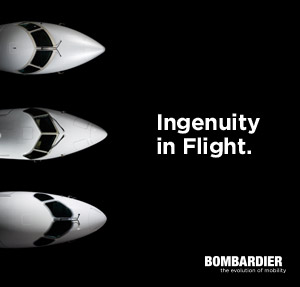Raytheon Develops World’s Largest Infrared Light-Wave Detector
Written by thomas · Filed Under Aeronautics NewsAugust 11, 2009
EL SEGUNDO, Calif., Aug. 11, 2009 /PRNewswire/ — Raytheon Company (NYSE: RTN) has developed the world’s largest infrared light-wave detector, expanding current capabilities in missile warning, environmental monitoring and astronomical research.
Optimized for space applications, the new “4K-by-4K” focal plane array comprises some 16 million pixels, arranged in 4,096 rows and columns. It is four times larger than infrared detectors currently in production, giving it the ability to collect data from a much wider field of view with improved sensitivity.
“This breakthrough in focal-plane technology will clear the way for significant design improvements in a wide range of military and civil applications,” said Bill Hart, vice president for Space Systems. “When employed as part of a satellite sensor system, the 4K-by-4K will permit full-Earth hemisphere staring with a single focal plane array.”
A focal plane array captures packets of light waves (photons) and converts them to electrical impulses that can be used to produce data about the object that emitted the photons. The greater the number of pixels on the array, the greater the area it can survey.
Space-based missile warning is one area that could greatly benefit from Raytheon’s large-format focal plane array. Sensors with this technology could provide an “unblinking eye” over an entire hemisphere and detect dimmer events or objects more quickly than currently fielded assets.
Weather satellites could provide continuous detailed information about global storms, and astronomers would be able to detect infrared phenomena from distances previously not possible.
Sensors using the array would also be easier to design, build and test because they wouldn’t need the complex scanning mechanisms historically used to cover similarly wide fields of view.
» Próximo Post - TAM and Air China Sign Codeshare Agreement
« Post Aneterior - NASA Assigns Crew for STS-134 Shuttle Mission, Change to STS-132
Comments
¿Tiene algo que decir?
You must be logged in to post a comment.







